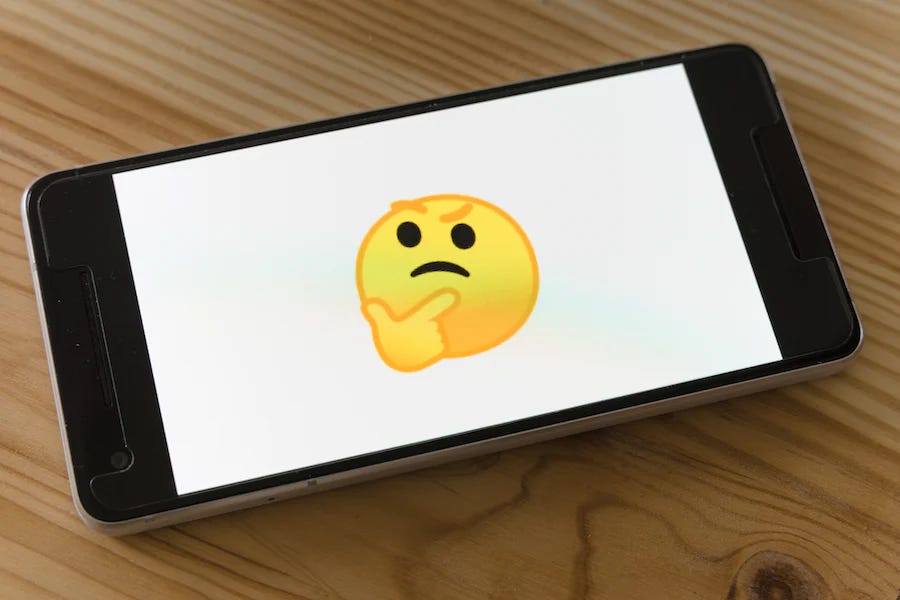In his essay on the 100th anniversary of Walter Lippmann’s ‘Public Opinion’, Andre Forget makes reference to an interesting mistake by William Shakespeare in his comedy, “The Winter’s Tale”. Shakespeare talks about a character being abandoned on the ‘shores of Bohemia’—despite Bohemia (now a portion of the Czech Republic) being a land-locked country. Did he truly believe Bohemia had a shoreline, or was his sense of reality shaped by misinformation from his set of contemporary sources?
It’s a problem we all face today. Our “mental maps” (on things like inflation, climate change, or energy policy) are shaped by those we consider trusted messengers. But those messengers have relied upon their own set of sources—and so on, and so on. It’s sort of the public opinion version of the ‘Telephone Game’. Even if the original source is factual, when it reaches us, it might be warped by intervening levels of distortion, propaganda and self-interest.
A hundred years ago, Lippmann saw this problem as a potential threat to democracy in America. And, of course, things have gotten far more complicated since 1922. Technology has spawned even more “sources” of information—from social media to opinionated 24-hour news networks (on both the left and the right). It’s become increasingly difficult to make sense of the political environment by relying on anything even remotely considered “factual”.
Filtering out misinformation in a representative democracy is critical to understanding and addressing the problems facing a society. Public opinion research can certainly play a limited role in identifying what people believe. But it should also lay out the facts for respondents (to the extent that facts are available) and gauge the impact of hearing those facts on public attitudes. It’s not a solution to Lippmann’s problem, but it might be a start.



